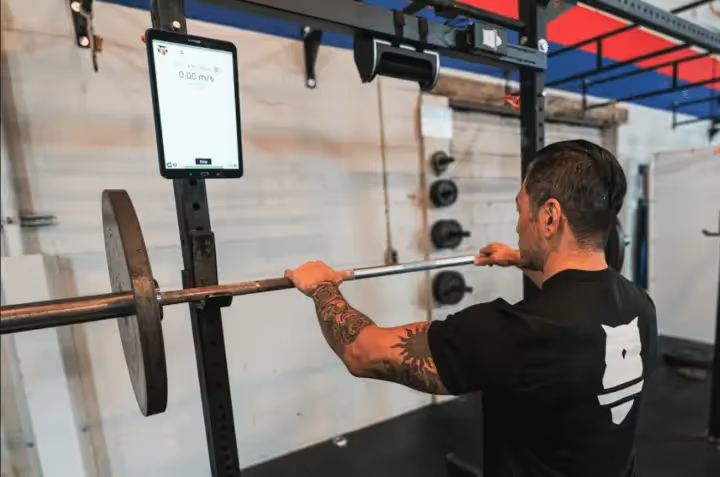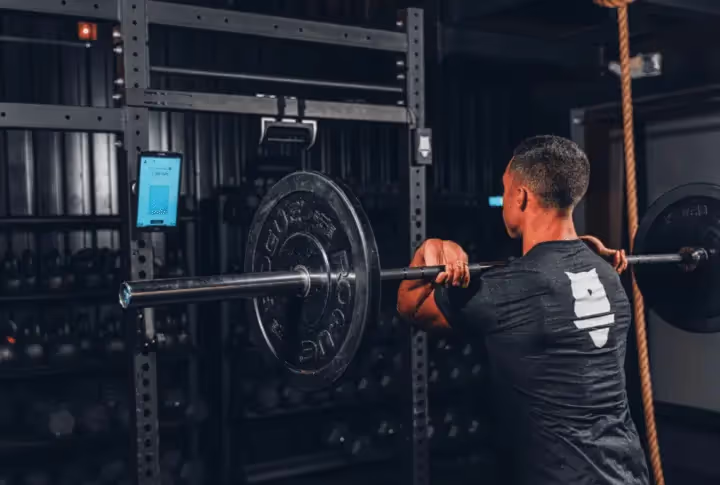Velocity Based Training Research Review 2

After digging into a bunch of Velocity Based Training research the last few months, this week we wanted to bring you our second research review! These three articles reviewed below are related to velocity based training and muscular fatigue. We hope they will provide you with some food for thought, and some new ideas and conclusions based on the evidence. Below you’ll find three recent research articles and the purpose, methods, and results the researchers ventured out to discover. If you have any questions, let us know. Here we go!

STUDY 1
Neural Contributions to Muscle Fatigue: From the Brain to the Muscle and Back Again
Velocity Based Training research performed by researchers Taylor, Amann, Duchateau, Meeusen, and Rice conducted a research review that examined the progressive reduction in the ability of a muscle to produce force during exercise. The researchers sought to understand the origin of and mechanisms through which muscular fatigue is experienced ranging from impaired motor system functioning to neural changes and the reduction in performance capability during exercise. Ultimately, three main conclusions were found: 1 - The mark of fatigue in the neuromuscular pathway is the slowing or stopping of motor unit firing, which causes the loss of force production. 2 - Those changes in motor unit firing is the result of various influences on the motor neurons, primarily changes in afferent input (nerve impulses heading towards the brain) and synaptic inputs (messages decoded at the synaptic junctions resulting in nerve impulses). 3 - Neurotransmitters interacting with the brain can alter performance upon interpretation depending on environment, temperature, and sensations of fatigue. These conclusions combined led the researchers to determine that “Changes in the neuromuscular, sensory, and homeostatic systems can all contribute to fatigue with exercise.” The brain, therefore, has as much to do with determining the cessation of exercise as the muscle does, as signals are rapidly passed back and forth between the two during exercise.
Taylor, J. L., Amann, M., Duchateau, J., Meeusen, R., & Rice, C. L. (2016). Neural contributions to muscle fatigue: From the brain to the muscle and back again. Medicine and Science in Sports and Exercise.
STUDY 2
Factors Related to Average Concentric Velocity of Four Barbell Exercises at Various Loads
Velocity Based Training research performed by researchers Fahs, Blumkaitis, and Rossow set out to examine the differences of average concentric barbell velocities between 35% and 100% of a 1-repetition maximum (1RM) for four exercises: back squat, bench press, deadlift, and overhead press. They were primarily investigating how training age, frequency, limb length, height and relative strength are related to concentric mean velocities. A total of 51 resistance-trained men (18 women; 33 men) participated and completed two separate testing sessions where the velocities of each of the four exercise was measured during a 1RM testing protocol. Results were that concentric mean velocity was significantly different among the four lifts at all relative loads between 35% and 100% (p<0.05) with the exception of 55% (p = 0.112). Researchers concluded that load-velocity profiles are different for each exercise and that primarily relative strength level and height played important roles in determining the concentric mean velocity for the various lifts. As a result, researchers suggested the velocity zones should be individualized for exercises and for athletes.
Fahs, C. A., Blumkaitis, J. C., & Rossow, L. M. (2019). Factors related to average concentric velocity of four barbell exercises at various loads. Journal of Strength and Conditioning Research.
STUDY 3
Considerations for Velocity Based Training: The Instruction to Move “As Fast As Possible” Is Less Effective Than a Target Velocity
Velocity Based Training research performed by researchers Hirsch and Frost investigated the difference in instructing athletes to move at a target velocity vs. “as fast as possible” during a free-weight bench press. Thirteen male powerlifters were recruited and completed two separate testing sessions, the order of which was randomized and separated by 3-7 days. Participants underwent a warmup, a 1RM test, and 4 sub-maximal “velocity” sets of 5 reps at 45% 1RM, and another RM test. The target velocity for the velocity session was 1.0m/s. The “as fast as possible” group still had their velocities recorded, but not reported to them during the session. The target velocity sessions produced a significantly higher mean velocity than the “as fast as possible” (p<0.001). Researchers therefore concluded that giving athletes a target number to aim for is more effective than instructing them to move the barbell as fast as possible.
Hirsch, S. M., & Frost, D. M. (2019). Considerations for Velocity-Based Training. Journal of Strength and Conditioning Research, (July).
OTHER RELEVANT POSTS!
Want to learn more about the basics of VBT? Check out Perch's VBT Dictionary!
Curious about how different populations can utilize VBT? Check out our VBT for specific populations series!
FOLLOW US!
Keep checking back for more velocity based training content, tips, tricks, and tools. And don’t forget to follow us on Twitter , Instagram and Linkedin and like us on Facebook .
Read more about Perch here! And check out Product Videos here. And our support website here.
Back to basics? Review the origins of VBT and Strength Training!

Start Gathering Data With Perch Today!
Reach out to us to speak with a representative and get started using Perch in your facility.

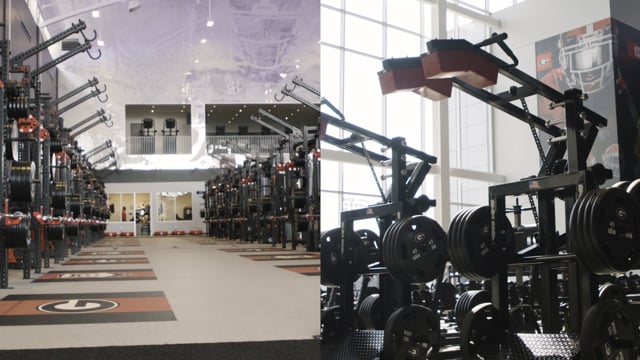
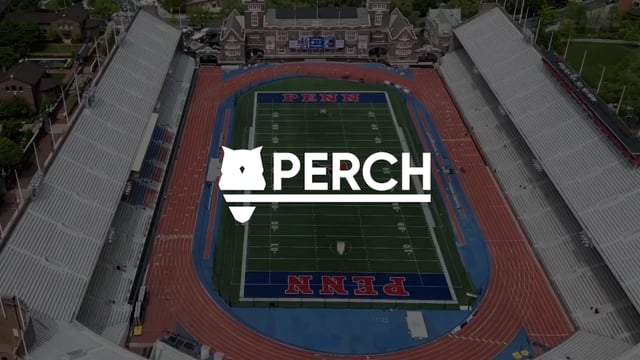



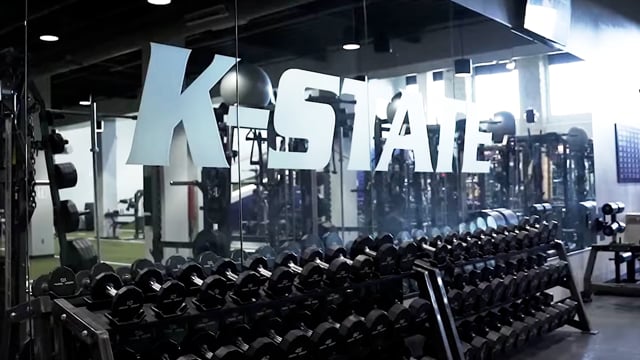


































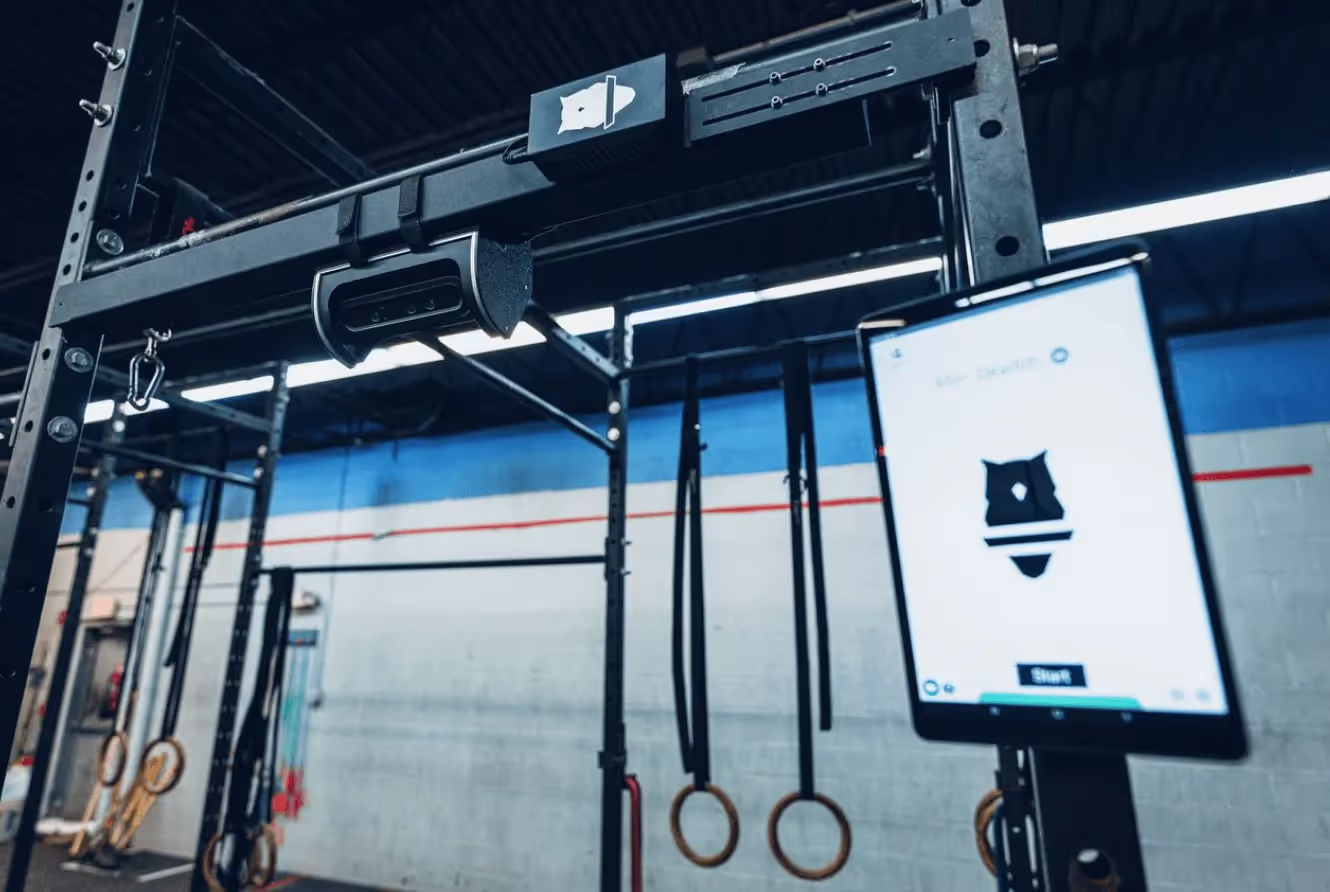
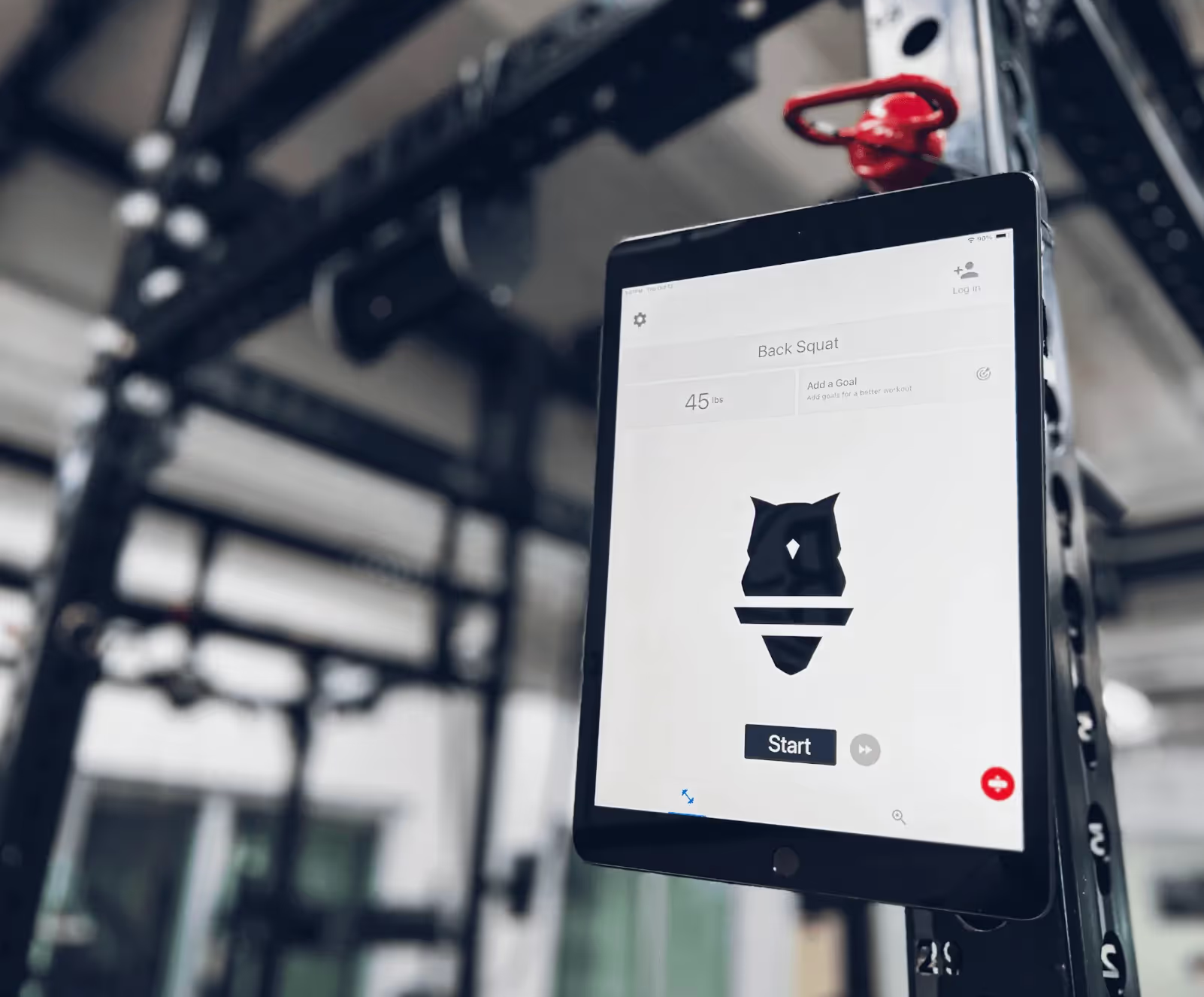



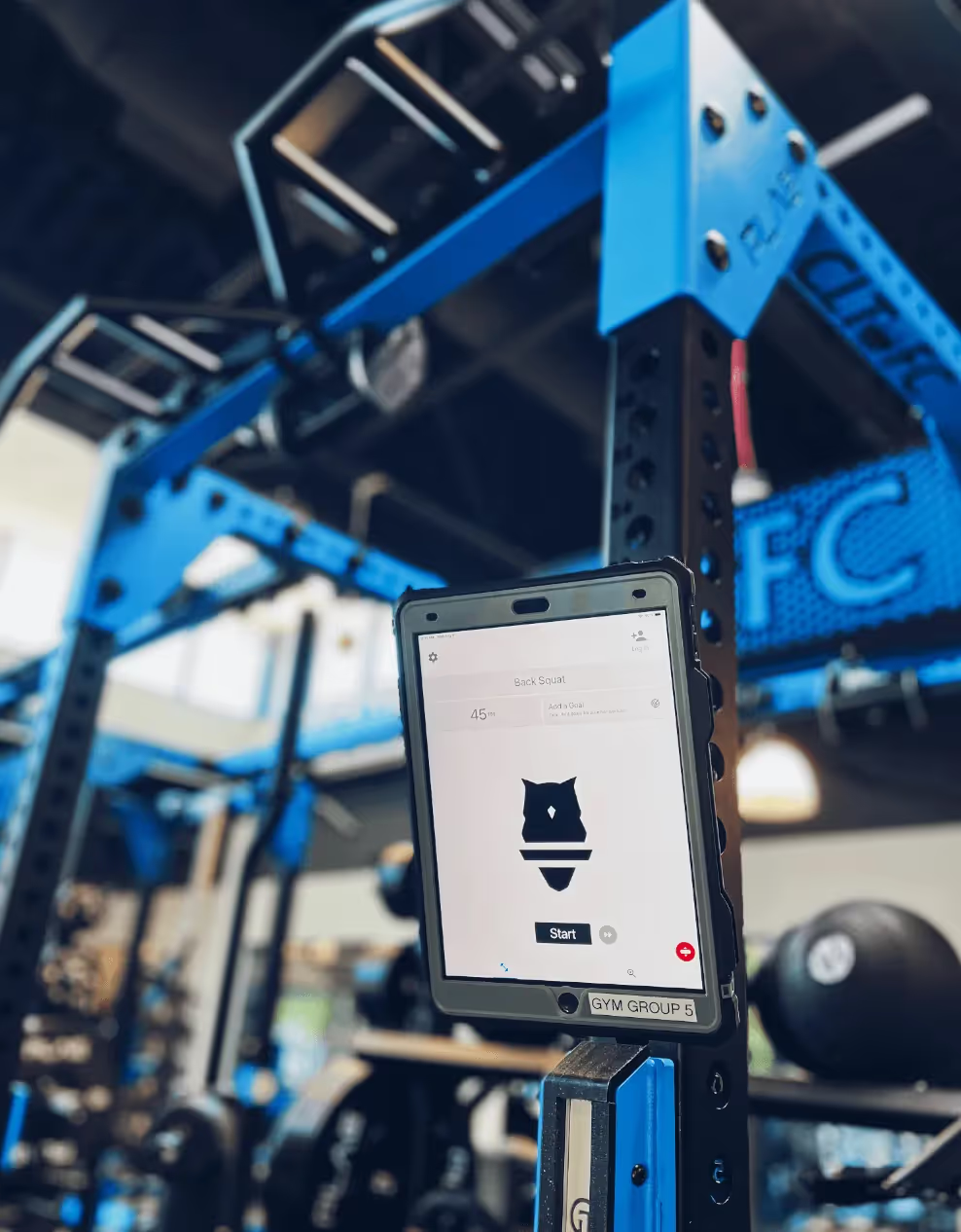
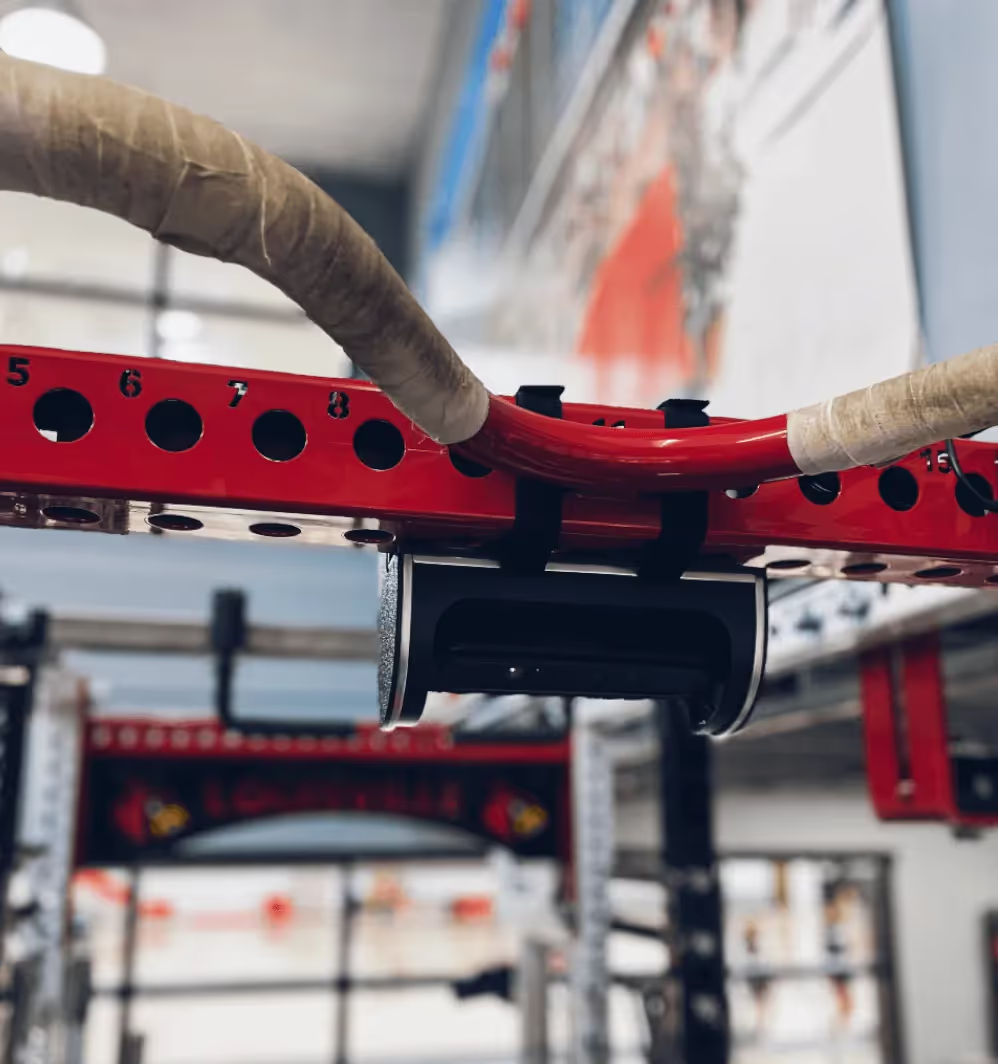












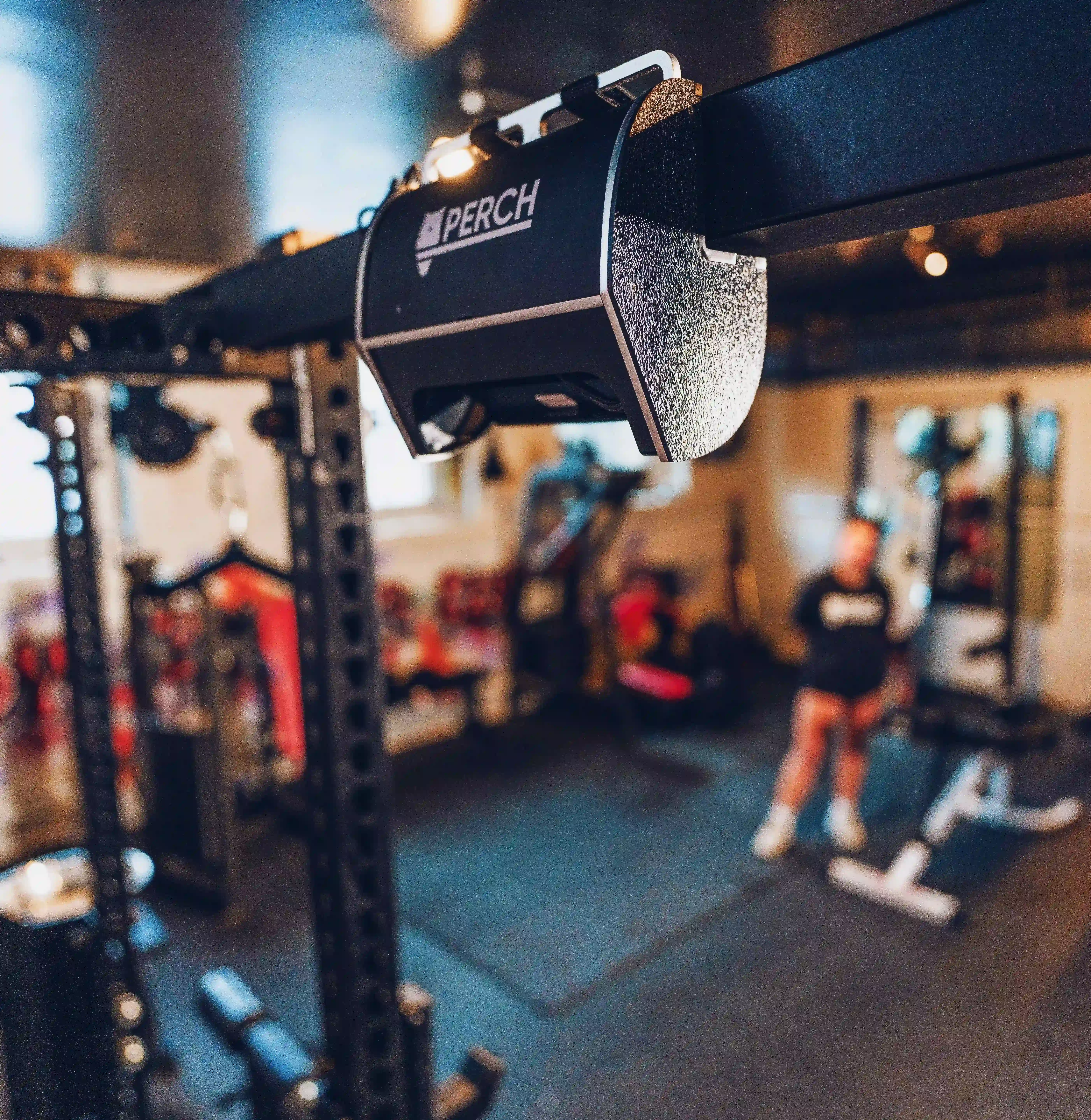


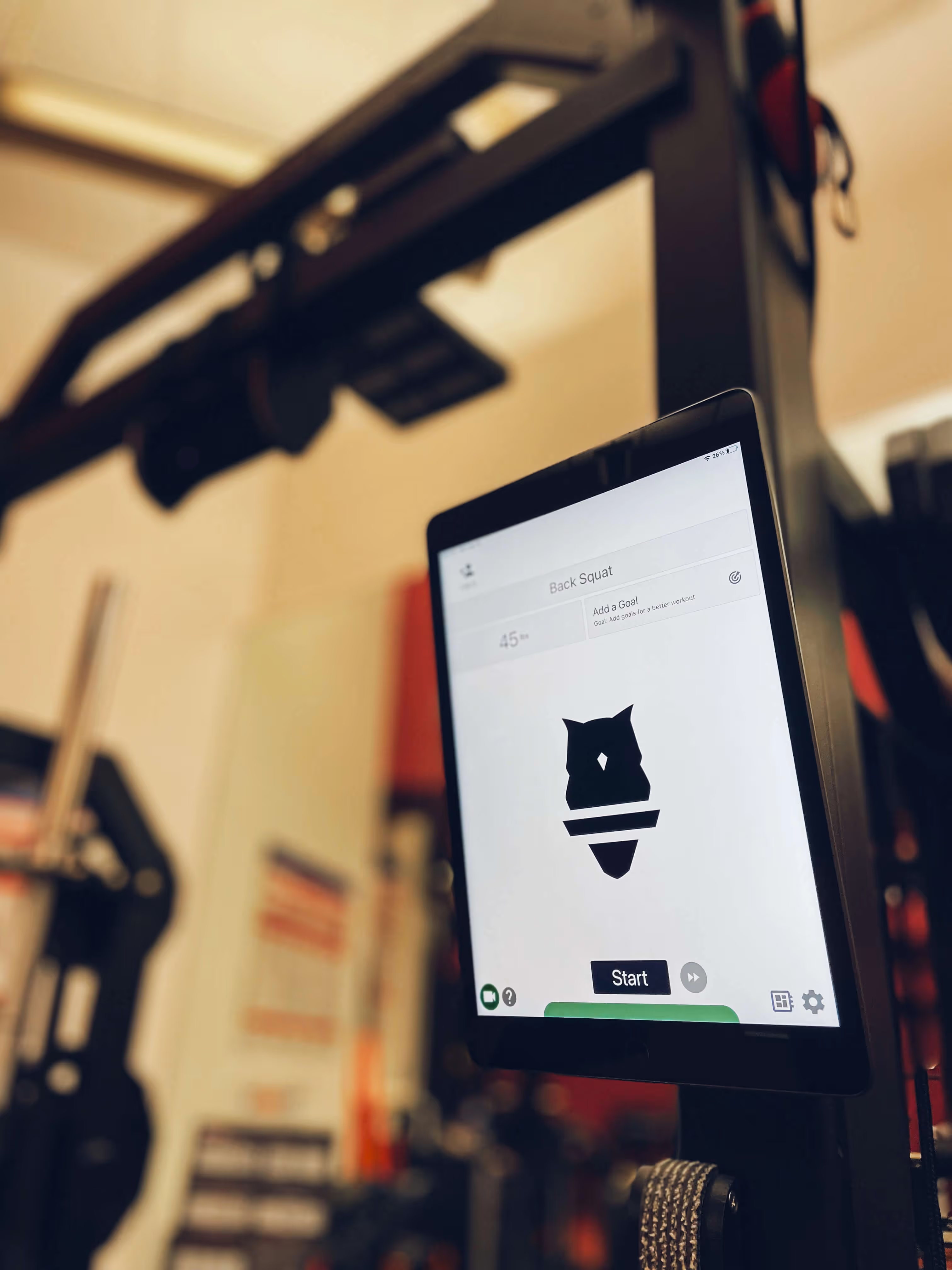








.avif)






